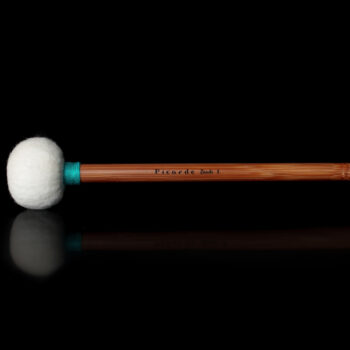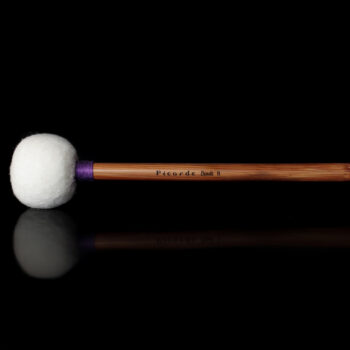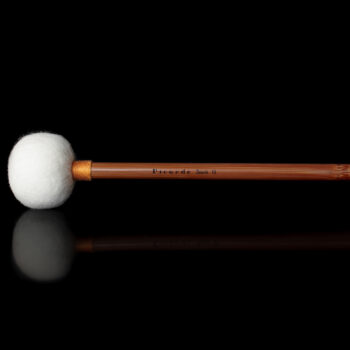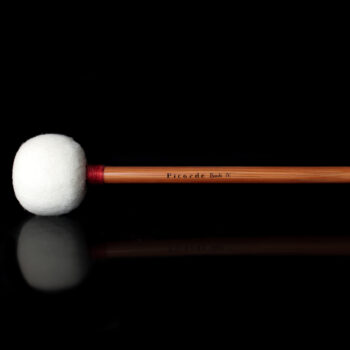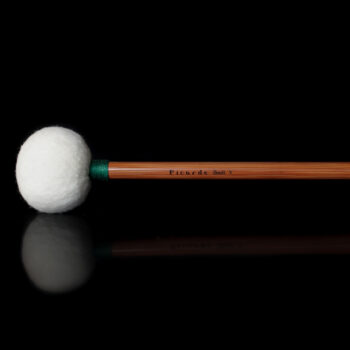ANDREA BINDI
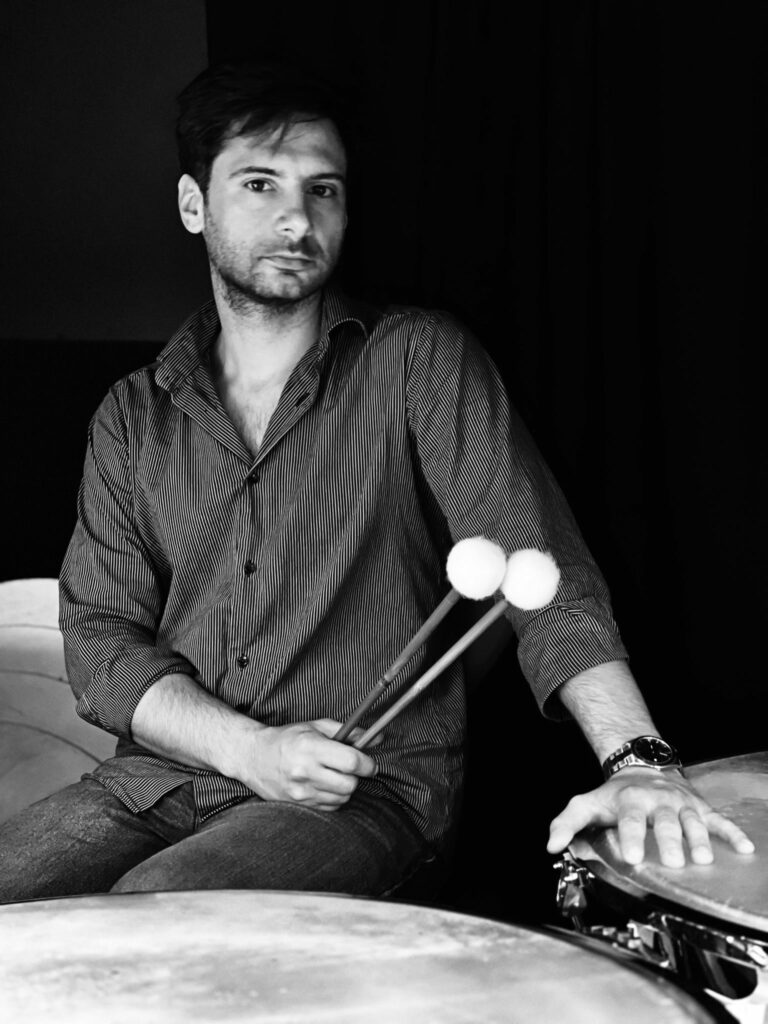 Andrea was born in 1988 in Bolzano, Italy, and grew up in Florence, where his father, a trumpet player brought him closer to the study of music when he was just five years old.
Andrea was born in 1988 in Bolzano, Italy, and grew up in Florence, where his father, a trumpet player brought him closer to the study of music when he was just five years old.
He continued his studies at the Claudio Monteverdi Conservatory in Bolzano and graduated with honors. Then he attended the master course at the Accademia Nazionale di Santa Cecilia. He won several auditions at the most important Italian music institutions. From 2012 to 2015 he played with the Teatro San Carlo in Naples, where he got his first important position as a timpani player.
The desire to improve and perfect his skills leads him to study with great timpanists, who inspire him like, Raymond Curfs, Rainer Seegers, Gregory Lecoeur, among others. In December 2015, at the age of 27, he won the position of a solo timpani player at the Teatro alla Scala in Milan with Riccardo Chailly as a music director. Here he has an opportunity to get to know and collaborate with great conductors including Zubin Mehta, Christian Thielemann, Myung-whun Chung, Alan Gilbert, Valery Gergiev, Daniel Barenboim. He has collaborated with important orchestras such as Accademia Nazionale Santa Cecilia, Bayerische Rundfunk Orchestra, Bayerische Staatsoper, NDR Elbphilharmonie Orchestra, the City of Birmingham Symphony Orchestra. He conducts masterclasses in Italy and other European countries, has collaborated as Euyo tutor, teaches at the Scala Academy and at the Milano Music Master.
Nasce nel 1988 a Bolzano e cresce a Firenze dove suo padre trombettista e direttore della banda del paese lo avvicina allo studio della musica già all’età di 5 anni. Continua gli studi presso il conservatorio Claudio Monteverdi di Bolzano dove si diploma con il massimo dei voti, lode e menzione d’onore. Frequenta successivamente il corso di perfezionamento presso l’Accademia Nazionale di Santa Cecilia. Vince diverse audizioni presso le più importanti istituzioni musicali italiane e dal 2012 al 2015 ricopre il posto di timpanista presso il Teatro San Carlo di Napoli. Il desiderio di migliorare e perfezionarsi lo porta a studiare con grandi timpanisti che lo hanno ispirato diventando dei veri e propri modelli come Raymond Curfs, Rainer Seegers, Gregory Lecoeur. Nel dicembre 2015 vince a soli 27 anni il concorso di primo timpano presso il Teatro alla Scala di Milano sotto la guida di Riccardo Chailly. É qui che ha l’occasione di conscere e collaborare con grandi direttori tra cui Zubin Mehta, Christian Thielemann, Myung-whun Chung, Alan Gilbert, Valery Gergiev, Daniel Barenboim. Ha collaborato con importanti orchestre quali Accademia Nazionale Santa Cecilia, Bayerische Rundfunk Orchestra, Bayerische Staatsoper, NDR Elbphilarmonie Orchestra, City of Birmingham Symphony Orchestra. Tiene masterclass in Italia e in Europa, ha collaborato come tutor Euyo, insegna all’accademia della Scala e presso la Milano Music Master.
Andrea Bindi Series

Questa serie nasce dal desiderio di creare qualcosa di veramente speciale, è stato un lungo percorso durante il quale io e Bart abbiamo lavorato insieme senza mai accontentarci fino a quando il risultato non ha soddisfatto entrambi. La sapiente combinazioni di materiali di qualitá e il bilanciamento perfetto tra peso della testa e diametro del manico rendono la bacchetta estremamente confortevole nelle mie mani.
Il suono che cerco ogni giorno è un suono caldo e avvolgente che possa sostenere il suono di un’orchestra, creare colori interessanti in base al repertorio che devo suonare ma anche essere all’occorrenza preciso e puntuale. L’unione perfetta tra il canto dell’opera e la definizione ritmica. Quando suono amo proporre alcune caratteristiche dell’opera nella musica sinfonica e ovviamente viceversa. Ricordo che un giorno Riccardo Chailly mi disse “ io amo i timpani suonati in maniera melodica”. Ho fatto tesoro di questo anche nella ricerca della bacchetta e questa serie ne é la diretta conseguenza.
Un altro elemento importante che un timpanista deve considerare é dove si sta suonando infatti l’acustica può migliorare un suono o distruggerlo completamente. I teatri d’opera italiani sono spesso pensati per il canto e tendenzialmente asciutti. Questa serie mi aiuta in modo incredibile a far cantare lo strumento anche quando la sala tende ad asciugare i suoni e questo é fantastico!
This series of sticks was born from the desire to create something really special. The building process was a long journey during which Bart and I worked together until a final result satisfied both of us.
The intelligent use of high quality materials and the perfect balance between the weight of the head and the diameter of the shaft, make these mallets very comfortable in my hands.
What I look for every day, is a warm and rich sound that can support the sound of the orchestra, create interesting colours for each repertoire I am asked to play, but also be precise and rhythmical. The perfect combination of the singing phrasing of the opera and the rhythmic definition. I remember that one day Riccardo Chailly told me ‘I love it when the timpani are played in a melodic way’. I treasured this in the search for the sticks and this series is the direct consequence.
Another important element that a timpanist must consider is the acoustic in which he is playing.
The acoustic can make a sound better or destroy it completely. Italian opera houses have been created for singing and tend to be quite dry. This series helps me in an incredible way to make the instrument sing even when the acoustic tends to dry the sounds and this is absolutely great!

